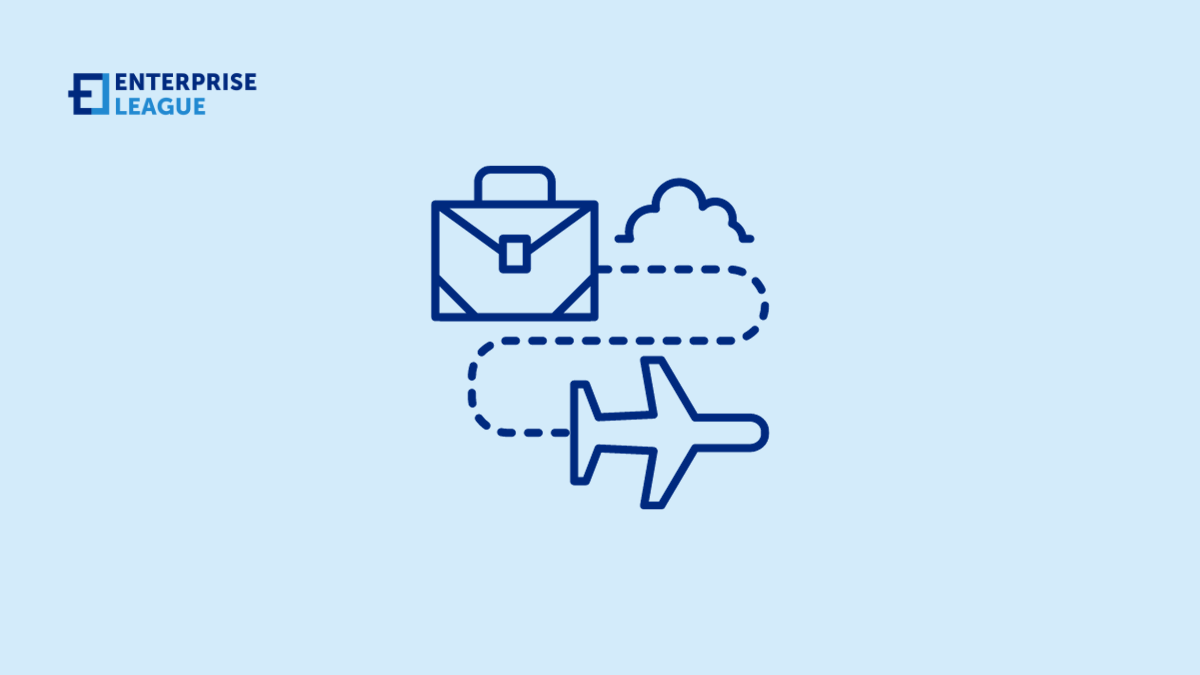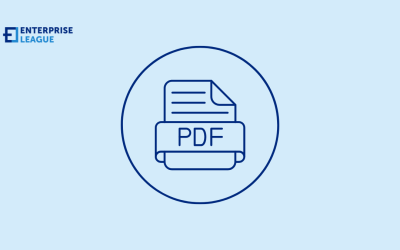Networking strategies for frequent business travelers by industry experts
November 24, 2023

Frequent travel has become a norm for many professionals. While the primary focus is often on meetings and closing deals, there’s a crucial aspect of business travel that can significantly impact your career trajectory: networking.
For frequent business travelers, the ability to network effectively is not just a skill; it’s an essential tool for success.
However, networking on the go presents its unique set of challenges and opportunities. Unlike traditional networking settings, business travel offers a dynamic and diverse environment – from airports and flights to hotels and international conferences. Each of these places holds the potential for valuable connections, if navigated wisely.
But how does one transform these transitory moments into lasting professional relationships? How can you ensure that your networking is as effective and efficient as your travel itinerary?
The key lies in adopting strategies that are both innovative and practical, tailored to the unique lifestyle of a business traveler.
So in this post, we delve into the insights of experts who have mastered the art of networking while traveling the globe. Their diverse perspectives offer practical, detailed, and actionable advice, moving beyond mere platitudes to strategies that truly work.
Maximizing layovers
Digital tools for in-person connections
“The right digital tools can transform your networking strategy,” explains Mark Valderrama, CEO and Founder of Aquarium Store Depot. “Apps like LinkedIn and Shapr are great for finding professionals in your field, but when traveling, I rely on more location-specific tools. For instance, Meetup and Eventbrite can help you find local events aligned with your professional interests. I also use Bizzabo to discover relevant business conferences and networking events in different cities. These tools not only help in planning ahead but also in making spontaneous connections. Remember, the goal is to use digital tools to facilitate in-person interactions, not replace them.”
The art of casual conversations
“Mastering casual conversations is key to effective networking in transient settings,” advises Eran Mizrahi, CEO of Ingredient Brothers. “In places like airports or hotels, start with a friendly observation or a simple question about the venue or event. This can naturally lead to a more substantial conversation. It’s important to be genuinely interested in the other person’s responses. Listen actively and look for common ground. Also, be ready to succinctly introduce yourself and your professional interests. Remember, the goal is not to pitch but to connect. A well-handled casual conversation can open the door to a more formal meeting or a lasting professional relationship.”
Building lasting relationships
“Turning brief encounters into lasting professional relationships is an art,” states Sam McKay, CEO of Enterprise DNA. “The key is to create a memorable impression. Always follow up within 24 hours of your meeting with a personalized message, referencing something specific from your conversation. This shows genuine interest. Utilize social media platforms like LinkedIn to stay connected, but also go beyond that. Share articles or events relevant to their interests or industry. The goal is to add value to their professional life. Remember, consistency is crucial. Regular, meaningful interactions, even if they’re digital, help in building a strong foundation for a long-term relationship.”
Navigating cultural differences
“In international networking, understanding and respecting cultural differences is vital,” emphasizes Johnny Dixon, Marketing Director at Accountant Edinburgh. “Before traveling, research the basic etiquette and communication styles of your destination. For instance, business card exchange rituals in Japan are different from those in the USA. Be mindful of body language and personal space norms, as they vary widely. When in doubt, observe and ask questions respectfully. Embracing cultural differences can be a significant advantage, as it demonstrates respect and adaptability – qualities highly valued in global business relationships. Networking across cultures is not just about exchanging information; it’s about building bridges of understanding.”
The power of follow-up
“Effective follow-up is what separates successful networkers from the rest,” Tiffy Cu, Travel Blogger at Asiatravelbug. “After an initial meeting, it’s crucial to follow up promptly, ideally within 48 hours. Personalize your communication by mentioning a specific topic discussed or a mutual interest. Email is a common follow-up tool, but don’t hesitate to use LinkedIn or even a handwritten note for a more personal touch. The key is to maintain the connection without being overbearing. Schedule reminders to reach out periodically, perhaps to share a relevant article or to congratulate them on a professional achievement. This consistent, thoughtful engagement keeps the relationship warm and can lead to fruitful collaborations.”
Networking outside the box
“Innovative networking often happens outside conventional business environments,” notes Chase Hughes, Founder of ProAI. “One strategy I’ve found effective is ‘hobby networking.’ Attend a local activity or class related to your interests while traveling. It’s a relaxed setting where you can connect with people on a personal level, which can often lead to professional opportunities. Another approach is ‘volunteer networking’ – participating in local community service events. This not only broadens your network but also provides a unique and fulfilling experience. These unconventional settings can lead to more authentic connections because they’re based on shared interests or values, not just professional gain.”
Self-care and networking balance
“Balancing networking with self-care is essential, especially for frequent travelers,” advises Sumeer Kaur, Founder of Lashkaraa.com. “Networking is important, but so is your health and well-being. Set clear boundaries for yourself; it’s okay not to attend every event or meet every person. Prioritize quality interactions over quantity. Make time for activities that rejuvenate you – whether it’s a quiet evening in your hotel, a workout, or exploring the city you’re in. Remember, you’re at your networking best when you’re physically and mentally well. It’s about finding that sweet spot where professional engagement and personal well-being coexist harmoniously.”
Conclusion
In frequent business travels, effective networking is an invaluable skill, one that requires strategy, adaptability, and a touch of creativity. The insights shared by experts provide a roadmap for transforming fleeting encounters into meaningful professional relationships.
From the power of a well-timed follow-up to the art of casual conversations, each strategy offers a unique approach to building and maintaining connections on the go.
But perhaps the most crucial takeaway is the need for balance. Networking, while essential, should not come at the expense of personal well-being.
As you go on your next business trip, armed with these expert strategies, remember that each journey offers a new opportunity to expand your professional network. Whether it’s through a chance encounter during a layover, a shared interest at a hobby class, or a respectful exchange that bridges cultural differences, each interaction has the potential to open new doors.
More must-read stories from Enterprise League:
- Why hiring millennials might be the best decision you can ever make.
- Best marketing tools for startups that are worth trying.
- Creative and profitable outdoor business ideas you should be aware of.
- Creative spiritual business ideas that you can start today.
- Have a look at the best countries to start a business as a foreigner.
Related Articles
PDFs and the debate between tradition and innovation
Curious about the future of PDF? Learn about its integration with new technologies and explore some practical PDF tips to leverage all the power of this format!
The 10 Ds of entrepreneurship: Why are they important?
Are you familiar with the 10 Ds of entrepreneurship? Let’s see if you possess some or all of them that will launch you for success.
Optimizing performance and reliability in managed file transfer systems
Optimizing the performance and reliability of MFT systems is a continuous process that requires attention to infrastructure, software and strategic processes.
PDFs and the debate between tradition and innovation
Curious about the future of PDF? Learn about its integration with new technologies and explore some practical PDF tips to leverage all the power of this format!
The 10 Ds of entrepreneurship: Why are they important?
Are you familiar with the 10 Ds of entrepreneurship? Let’s see if you possess some or all of them that will launch you for success.





